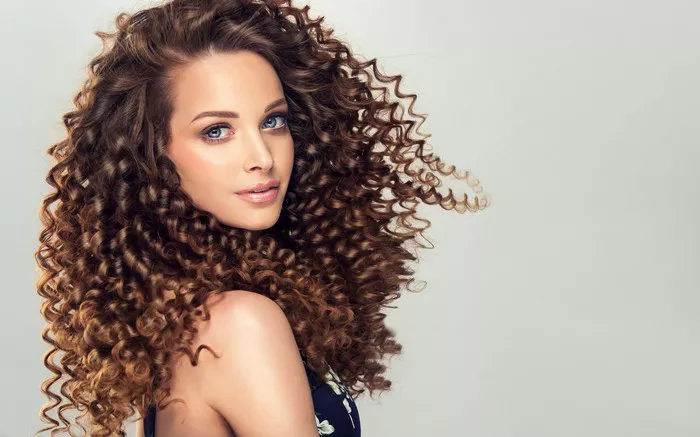It’s a common frustration shared by many: you wash your hair thoroughly, dry it with care, only to find it feeling greasy and weighed down shortly after. This perplexing phenomenon leaves us questioning, “Why does my hair feel greasy after drying it?” In this comprehensive article, we delve into the various factors that contribute to this issue and explore effective solutions to regain luscious, non-greasy locks.
1. The Science of Greasy Hair
To understand why hair can feel greasy after drying, we must first explore the science behind it. Our scalp produces natural oils called sebum, which serve to moisturize and protect our hair and scalp. When sebum production is excessive, or when it becomes trapped in the hair follicles, the hair can appear oily and greasy.
2. Factors Contributing to Post-Drying Greasiness
Several factors can contribute to the greasy feeling in your hair after drying:
2.1. Overactive Sebaceous Glands
Some individuals naturally have more active sebaceous glands, leading to higher sebum production. This can make the hair appear greasier, especially after washing and drying.
2.2. Incorrect Washing Techniques
Improper hair washing techniques can contribute to greasiness. Using too much shampoo or not rinsing thoroughly can leave behind residue, leading to oil buildup.
2.3. Using the Wrong Hair Products
Using hair products that are too heavy or contain excessive oils can weigh down the hair and contribute to greasiness.
2.4. Frequent Hair Touching
Frequent touching or brushing of the hair can transfer oils from the scalp to the hair strands, making them feel greasier.
2.5. Environmental Factors
Environmental factors, such as pollution and humidity, can exacerbate greasiness by attracting and trapping dirt and oils on the hair.
2.6. Scalp Conditions
Certain scalp conditions, like seborrheic dermatitis or scalp psoriasis, can increase sebum production and lead to greasy hair.
3. Tips to Tackle Greasy Hair Post-Drying
While dealing with greasy hair can be frustrating, there are several effective tips and practices to help combat post-drying greasiness and maintain fresher-looking locks:
3.1. Use the Right Shampoo and Conditioner
Opt for a gentle, clarifying shampoo that effectively cleanses the hair and scalp without stripping away essential oils. Avoid using heavy, silicone-based conditioners that can weigh down the hair.
3.2. Wash with Lukewarm Water
Wash your hair with lukewarm water rather than hot water, as hot water can stimulate sebum production.
3.3. Adjust Washing Frequency
Find the right balance for your hair type and lifestyle when it comes to washing. Washing too frequently can strip the hair of its natural oils, while washing too infrequently can lead to excessive greasiness.
3.4. Rinse Thoroughly
Ensure you rinse your hair thoroughly after shampooing and conditioning to remove all product residue and prevent buildup.
3.5. Dry Shampoo as a Quick Fix
Dry shampoo can be a lifesaver for combating greasiness between washes. It helps absorb excess oil and adds volume to the hair.
3.6. Be Mindful of Hair Products
Choose hair products that are lightweight and specifically formulated for your hair type. Avoid applying products directly to the scalp to prevent further oil buildup.
3.7. Limit Hair Touching
Resist the temptation to touch or brush your hair frequently, as this can transfer oils from your hands to the hair.
3.8. Maintain a Healthy Diet
A well-balanced diet can promote healthy hair and scalp. Incorporate nutrient-rich foods like fruits, vegetables, and lean proteins into your meals.
3.9. Scalp Care
Regularly exfoliate your scalp to remove dead skin cells and excess sebum, promoting a healthier scalp environment.
4. Seeking Professional Advice
If greasiness persists despite implementing these tips, it may be beneficial to consult a dermatologist or trichologist. They can assess your scalp health and recommend personalized solutions to address any underlying issues.
5. Conclusion
In conclusion, greasy hair after drying can be attributed to various factors, including excessive sebum production, improper washing techniques, and the use of inappropriate hair products. By understanding these contributing factors and adopting appropriate hair care practices, you can effectively tackle post-drying greasiness and maintain healthy, vibrant, and non-greasy locks.
Remember that achieving the perfect balance for your hair may require some trial and error. Be patient, experiment with different hair care routines, and seek professional advice if needed. With diligence and care, you can unlock the secret to healthier, happier hair, free from the burden of greasiness.


